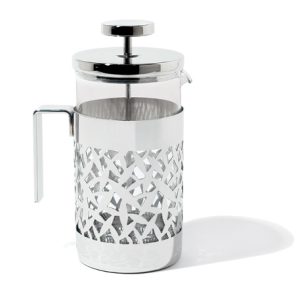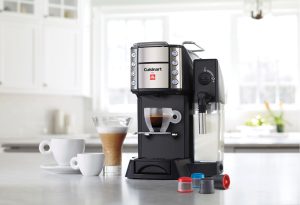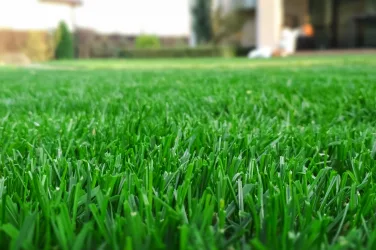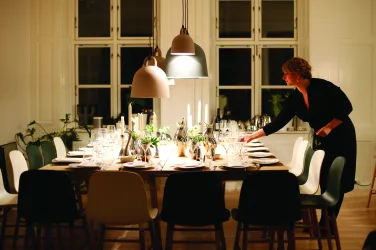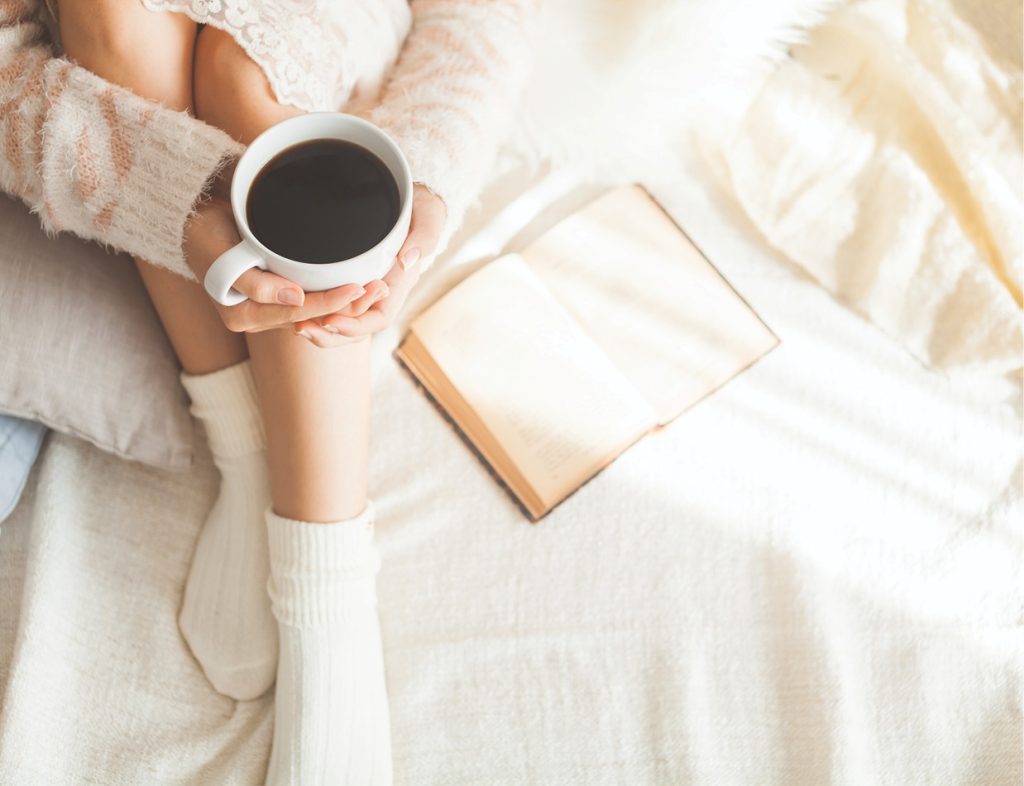 Coffee today is more than just a cup of joe.
Coffee today is more than just a cup of joe.
The story goes that we can date coffee back to at least the 10th century, but there are few drinks that always feel as modern as coffee does. As of late, fancy machines have made nearly instant at-home java accessible to even the least ambitious of us, while others have swung the other direction in favor of a more artisan and slow-paced approach to preparing the drink. Purists may cry foul, but it seems as though the only thing consistent when it comes to coffee is that people—in general—really like drinking it.
The fact of the matter, though, is that regardless of how you’re making it, it’s not easy for the caffeine-dependent to plunk down five bucks a cup every morning at the shop around the corner, which means some of this stuff needs to get made at home. And if we’re going to be doing it at home, why not have a little fun with it? This month, we take a look at a few of the most popular methods you can use to get all kinds of flavor out of that little bean right in your very own kitchen. Which one’s right for you?
ELECTRIC DRIP
Ah yes, the old standby. Who doesn’t have a classic drip-style coffee machine in a cabinet? With this method, cold water is drawn from the reservoir through a hose and past a heating element, then sprayed onto a filter containing finely ground coffee. Most of these machines work in pretty much the same way, which is neither remarkable nor non-remarkable—your standard multi-person coffeepot left to warm itself on the heater.
Pros: Low cost per cup, easy to make lots at once, doesn’t need to be monitored
Cons: Need to have paper filters, essential oils filtered out, long wait for one cup
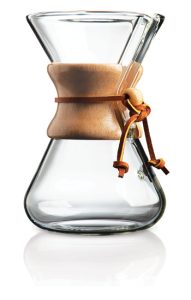
MANUAL DRIP
Drip coffee didn’t just come about with the advent of the automatic coffee machine—that gadget didn’t hit it big until the early 1970s. In fact, there are plenty of ways to do it yourself! We’re big fans of the super cool CHEMEX coffeemaker, which was invented in 1941 and is part of the Museum of Modern Art in New York City. Place a coffee-containing special filter on top to drip-brew coffee as hot water is manually poured over the grinds.
Pros: Modern art icon that looks awesome, no machinery required
Cons: Filters are thicker and proprietary, takes a while to brew
FRENCH PRESS
Perhaps the most simple and elegant way to prepare coffee is by French press, which is typically just a glass cylinder or carafe with a plunger-style filter. Relatively coarse coffee grounds are put into the cylinder, into which nearly boiling water is poured. After this, the coffee is allowed to steep for roughly five minutes, depending on the strength desired. Finally, the filter/plunger is slowly depressed into the cylinder, forcing the grounds to the bottom while leaving the finished coffee to be poured. This method is gaining plenty of ground (pardon the pun) among coffee aficionados and foodies.
Pros: Essential oils retained, no need for paper filters, strong coffee taste
Cons: Filter can be messy to clean, must wait for coffee to steep, need coarse grinds
PERCOLATOR
This one might be a bit of a throwback, but believe it or not, trusty electric kitchen percolators still have plenty of fans (and they look pretty cool, too!). Percolators work by heating the water contained in the main coffee pot, which causes it to steam up to the top of the pot, condense into liquid again, and then drip back down through the coffee, contained in a filter at the top of the unit. The process continues for around five to eight minutes. Some drinkers insist that the multi-pass brewing process produces inferior, bitter coffee, while others prefer the flavor. We’ll let you be the judge.
Pros: Machines look unique, coffee is made right in the serving container, can get very high capacity percolators
Cons: Coffee is recycled through grounds multiple times, filter can be messy to clean
SINGLE CUP SYSTEMS
Many of us are now familiar with the semi-ubiquitous single-cup brewing machines—simply insert the cup, pod, or capsule of your choice, make sure there’s water in the tank, put your mug underneath, and hit go. Not all of these systems are created equally, but many of them work in essentially the same way as your standard drip brew machine, just on a much smaller scale. Hot water is forced through the pod, which basically consists of grounds with a filter on the inside, and into your mug. Though the brew is not as strong as some other methods, fans insist there is no substitute for instant gratification.
Pros: Quick and convenient, easy to try new kinds of coffee, can make a single cup at a time
Cons: Certain brands of single cups can be quite expensive, machines are difficult to clean, spent cups produce excess waste
DID YOU KNOW?
“Everyone buys beans from the same farms and coffee farmers,” says Mike Ferguson of CoffeeIcon. “It’s how you roast it, pack it, store it, and prepare it that makes the difference.”
By Brandon Daiker
